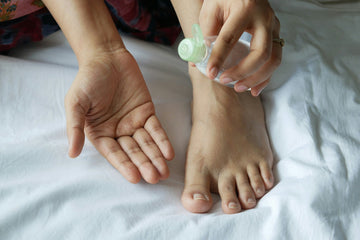Understanding MS Impact on Your Feet


Posted by:
Johannes Sauer
Reviewed by:
Updated at: September 05, 2024
CHECK OUT THE LATEST IN ADAPTIVE FOOTWEAR...
FAQ
How does Multiple Sclerosis specifically affect foot health?
What are some of the early foot symptoms of Multiple Sclerosis?
Can MS cause mobility issues and how?
What can I do to manage foot drop related to Multiple Sclerosis?
How often should someone with MS see a podiatrist?
What types of footwear are best for someone with MS-related foot problems?
How can exercise and stretching benefit foot health in MS patients?
What role does physiotherapy play in the management of MS-related foot issues?


![[color: black] Original Men's Adaptive Shoe](http://cadense.com/cdn/shop/files/Mens-BLK-T1-LG.jpg?crop=center&height=300&v=1765338442&width=300)
![[color: white] Original Women's Adaptive Shoe](http://cadense.com/cdn/shop/files/Womens-WHT-T1-LG.jpg?crop=center&height=300&v=1765381322&width=300)





